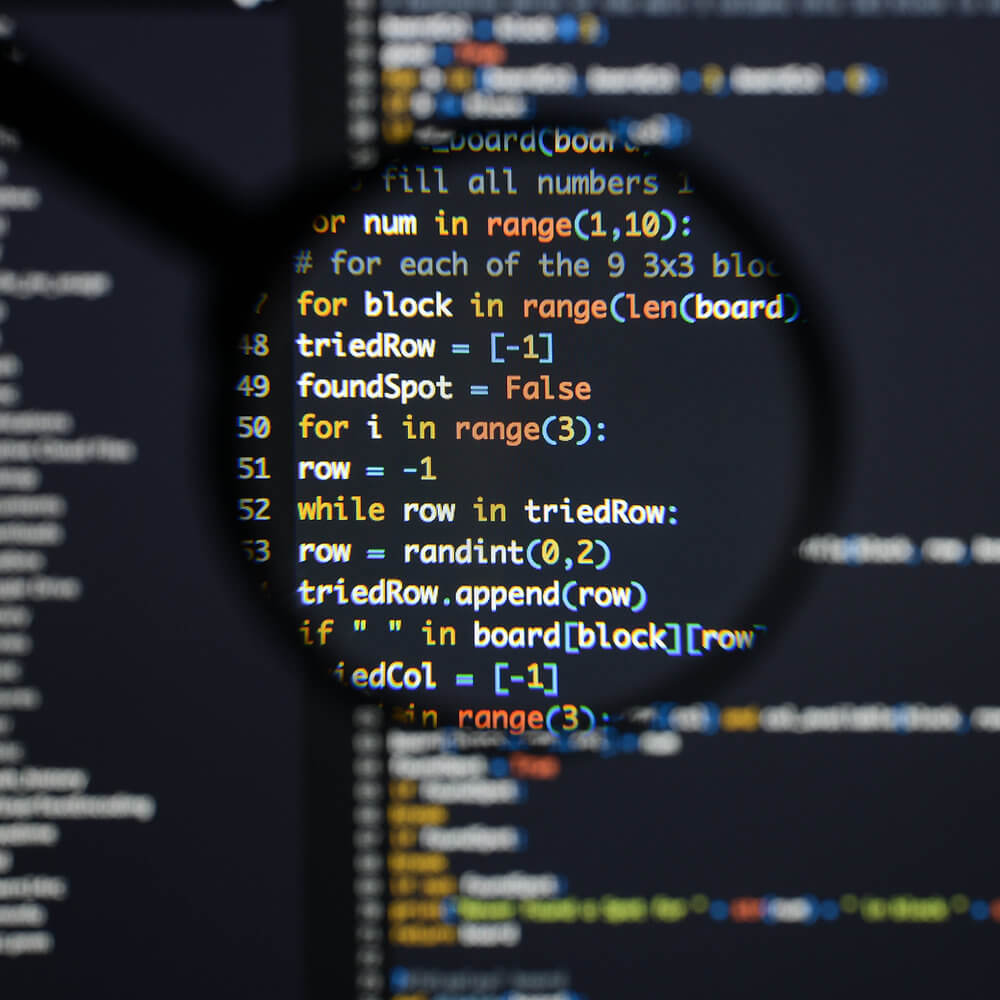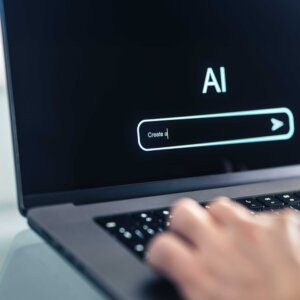
Beyond the Algorithm: Why Investigative Fundamentals Still Matter in the Age of AI
In the fast-moving world of investigations—whether in public safety, corporate security, or intelligence—artificial intelligence (AI) has emerged as a game-changer. With tools that can parse millions of records, surface hidden connections, and summarize hours of interviews in seconds, AI offers clear value. But amid the excitement, there’s a growing risk: the belief that the machine can do it all.
At Kaseware, we build technology to empower investigative professionals. And while we embrace the potential of AI and incorporate AI services in our platform, we know that sound investigative fundamentals remain irreplaceable. In this article, we’ll explore the promise of AI, its limitations, and why the best investigations will always blend technology with timeless human investigative and analytical skills.
The Promise—and Limits—of AI in Investigations
Artificial intelligence has made incredible strides in the past few years. Investigators now have access to tools that can:
- Extract key phrases and names from unstructured data
- Detect patterns in communication, behavior, or financial activity
- Automatically flag anomalies or outliers across massive datasets
- Generate visual link charts or case summaries on demand
These AI capabilities are helping public and private sector agencies and organizations manage growing caseloads, surface leads faster, and reduce the manual burden of data processing.
But AI isn’t a magic wand. It has real limitations:
- Lack of Contextual Understanding: AI can misinterpret sarcasm, slang, or cultural nuances—flagging content that a human would immediately recognize as irrelevant.
- Opaqueness (“Black Box” Risk): Investigators often can’t see why an algorithm reached a conclusion, which poses a challenge for evidentiary integrity and courtroom scrutiny.
- Bias Amplification: AI models trained on historical data may replicate or even reinforce past investigative biases—exacerbating inequality and reducing trust.
- Overconfidence: Perhaps the biggest risk is human: the temptation to defer to the algorithm, especially under pressure, without applying investigative skepticism.
In short, AI is powerful—but not omniscient. It must be used as a tool, not as a substitute for investigative thinking.
The Investigator’s Toolkit: What AI Can’t Replace
Good investigators rely on more than just data—they rely on judgment, experience, and intuition. These fundamentals form the backbone of every successful investigation:
- Interviewing and Interrogation: Machines can transcribe speech, but they can’t read body language, detect hesitation, or build rapport. Human investigators pick up on what’s not said just as much as what is.
- Source Management: Trust, empathy, and credibility are essential when dealing with confidential informants or insider threats. These human dynamics are not programmable.
- Critical Thinking and Hypothesis Testing: AI may surface patterns, but it doesn’t ask “What if we’re wrong?” or “What else could explain this?” Investigators must think beyond the obvious.
- Cross-Corroboration and Validation: Machines can connect data points, but they can’t judge the reliability of a source, the credibility of a witness, or the completeness of an alibi.
The fundamentals—triangulating facts, asking tough questions, building timelines, validating assumptions—aren’t flashy. But they are what separate good investigations from flawed ones.
Real-World Examples Where Fundamentals Made the Difference
The danger of over-reliance on automation isn’t theoretical. It’s playing out in the following practical ways:
- Corporate Compliance Gone Wrong: An AI tool may flag an employee for anomalous system access. But after further review by a human analyst, it may turn out to be an authorized IT contractor. In this example, AI escalated the wrong person—and nearly damaged their reputation.
- Mistaken Identity in Law Enforcement: An LPR (license plate recognition) system could mistakenly identify a vehicle, leading to the detention of an innocent driver. It would require officer intuition and follow-up questioning to catch the mistake.
- Fraud That Slipped Through the Cracks: In a procurement fraud case example, collusion between vendors may not trigger AI red flags because the behaviors mimicked legitimate transactions. It would only be through a veteran analyst’s knowledge of contract language patterns that such fraud would be uncovered.
These examples make one thing clear: technology doesn’t absolve us of the need to investigate. It just changes how we work.
Balanced Integration: How Kaseware Blends AI with Analyst-Led Investigations
At Kaseware, we believe in AI that supports human investigators—not replaces them.
Our platform incorporates smart automation to streamline time-consuming tasks, and we also integrate AI features in ways that reinforce—rather than bypass—good investigative workflows. For example:
- Advanced visual/image processing
- Enhanced entity extraction
- Enhanced Optical Character Recognition
- Advanced Speech-To-Text transcription
- Advanced language translation
But crucially, Kaseware is designed to keep human judgment at the center. Investigators can edit, override, annotate, and collaborate within the platform. Every AI-assisted insight is transparent, traceable, and subject to human review.
With Kaseware, AI becomes a force multiplier, not a decision-maker.
Conclusion: The Future is Hybrid
AI is here to stay—and we’re better for it. But no algorithm can replace the instincts of a seasoned detective, the logic of a sharp analyst, or the integrity of a committed investigator. At its best, AI can enhance the fundamentals. At its worst, it can obscure them.
The most successful investigative teams of the future will be those who know when to leverage machine intelligence—and when to trust their own.
At Kaseware, we’re proud to build tools that honor that balance.








